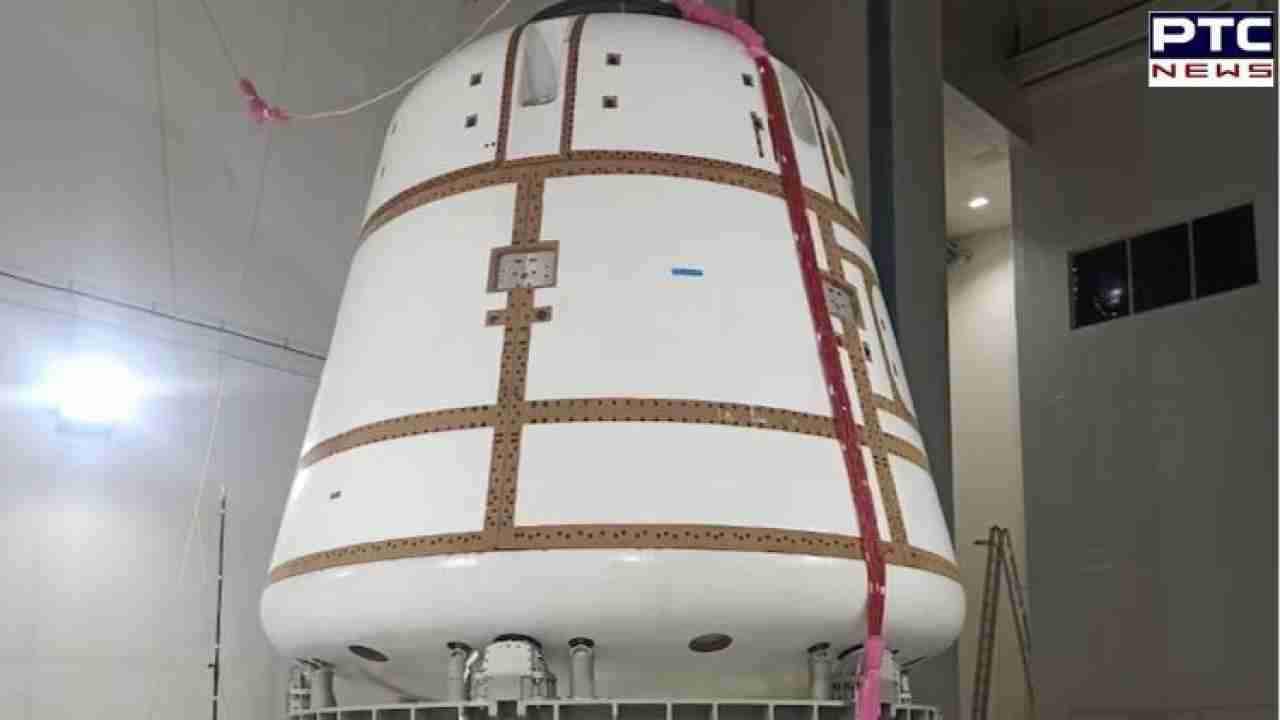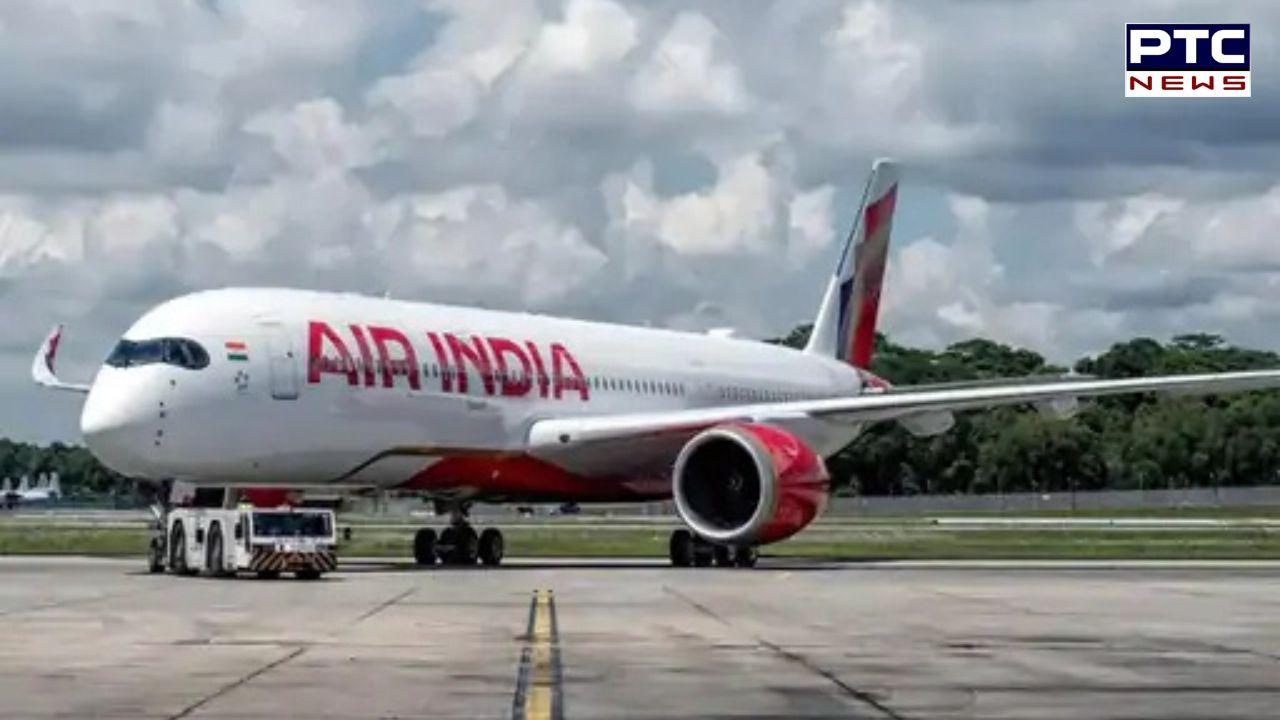Gaganyaan abort test: ISROs detailed execution plan with Navys assistance revealed
ISRO, the space agency, announced the imminent commencement of unmanned Gaganyaan mission flight tests, marking a significant milestone in space exploration

New Delhi, October 07: The Indian Space Research Organisation (ISRO) is gearing up for the commencement of unmanned flight tests as part of the Gaganyaan mission, which aims to send Indian astronauts to space. In an announcement made on Saturday, ISRO revealed that the abort test for India's first human spaceflight endeavor is set to occur later this month.
ISRO's statement outlined the preparations for the Flight Test Vehicle Abort Mission-1 (TV-D1), designed to demonstrate the Crew Escape System's performance.
_424e269c842b02abeee5115e20cc2bce_1280X720.webp)
The Test Vehicle TV-D1 is a single-stage liquid rocket specifically developed for this abort mission. It carries payloads consisting of the Crew Module and Crew Escape Systems.
The abort test will be conducted from the Satish Dhawan Space Centre in Sriharikota. During the test, the Crew Module, which will house astronauts during the Gaganyaan mission, will separate at an altitude of 17 kilometers.
Following this separation, an autonomous abort sequence will be initiated, deploying parachutes to ensure a safe descent of the module into the sea. The Crew Module will be retrieved from the Bay of Bengal by a dedicated vessel and a diving team from the Indian Navy.
This abort test is deemed crucial for the Gaganyaan mission, as it represents a fundamental safety feature of the project.
The Crew Module used for the test launch is an unpressurized version that has completed integration and testing, ready for transport to the launch complex. After this initial abort mission, ISRO plans to proceed with the second test vehicle TV-D2 mission and the first uncrewed mission of Gaganyaan (LVM3-G1).
The ambitious Gaganyaan project's primary objective is to transport a crew of two to three members into a circular orbit approximately 400 kilometers above Earth for a mission lasting one to three days, ensuring their safe return to Earth.
Also Read: Air India unveils new aircraft appearance following significant logo and design transformation


